Everyone can meditate to care for our minds and to reduce suffering. In this short video teaching, Tulku Migmar Tsering explains that meditation is a broad term encompassing many stages. Classically we speak of nine stages of calm abiding, or shamatha meditation. This teaching is in Tibetan and is translated into English.

Tulku Migmar here introduces the image often used to illustrate this process. In the photo below we can identify the main characters: an elephant, a monkey, and a monk. The elephant, trumpeting wildly at the bottom is chasing after a monkey–these represent our crazy, untamed minds. If you move successively up the winding road, the elephant and the monkey transform, and finally a monk sits peacefully atop a placid elephant.
As Tulku explains, the monk here represents our own mindfulness. This image is very popular in Buddhist art and can be found in many variations. But all of the different versions depict the nine stages or nine ways of resting the mind. Although this visual depiction uses a religious figure, a monk, we should understand that we can all benefit from mindfulness. We don’t need to have any particular religious belief in order to meditate–nor do we need to follow any spiritual path. Everyone can meditate to cultivate happiness and reduce trouble in mundane life. The Buddhist tradition (and many other spiritual traditions) teaches the techniques of meditation, but the practice is open to everyone. Just as yoga is often practiced for physical health, we can learn to meditate to better care for our minds.
Everyone Can Meditate: Placing the Mind
We describe the first stage of shamatha meditation as “placing the mind” or “resting the mind”. The Tibetan term phonetically spelled is jokpa. In our cases, our minds are more like the example of the crazy elephant–we can’t seem to control them or get them to rest. And so how do we begin to train that mind? We give the mind a job! First, we choose an object on which to rest the mind. Often we begin with a physical object because we are very interested in our visual sense. We could use a flower, or a photo, or a stone, or a statue.
Whatever we choose, we look at the object and then place our minds there for as long as we can–it may be for only a minute or so. Remember the crazy elephant analogy–we shouldn’t expect our minds to immediately do what we ask!
Everyone Can Meditate: Here’s How!
Once again, the instruction is simple. We are placing the mind or resting the mind someplace, on a chosen object. Here Tulku Migmar suggests three alternatives:
- Focus on a physical object–place the mind where our eyes look.
- Focus on the breath.
- Focus on sounds.
That’s the exercise. We simply rest our mind or attention on one of these objects and gently try to leave it there as long as we can. We don’t need to stare or focus intently–think of gently placing or resting the mind. And that is all we have to do. We practice stage one of resting for some time until we notice that we can hold our attention a little longer than before.
In the next post, Continuous Placement in Meditation, we’ll explore what happens after stage one!
Meditation Exercise
Please try this at home! You may immediately gravitate to one or another of the techniques above–whatever you choose is fine. If you are working with a visual object it is often easiest to use a “neutral” object such as a flower or a stone. Also, try to keep your gaze very gentle; we don’t need to glare or stare hard at the focal object!
Your only job is to rest your mind on whatever you choose. Then watch what happens. And do it again. And again. Repeat this whenever you have a few minutes of downtime. (This is why people often use the breath because it is always there!) Simply rest for as long as you can without forcing or straining. How does that feel? What is going on?


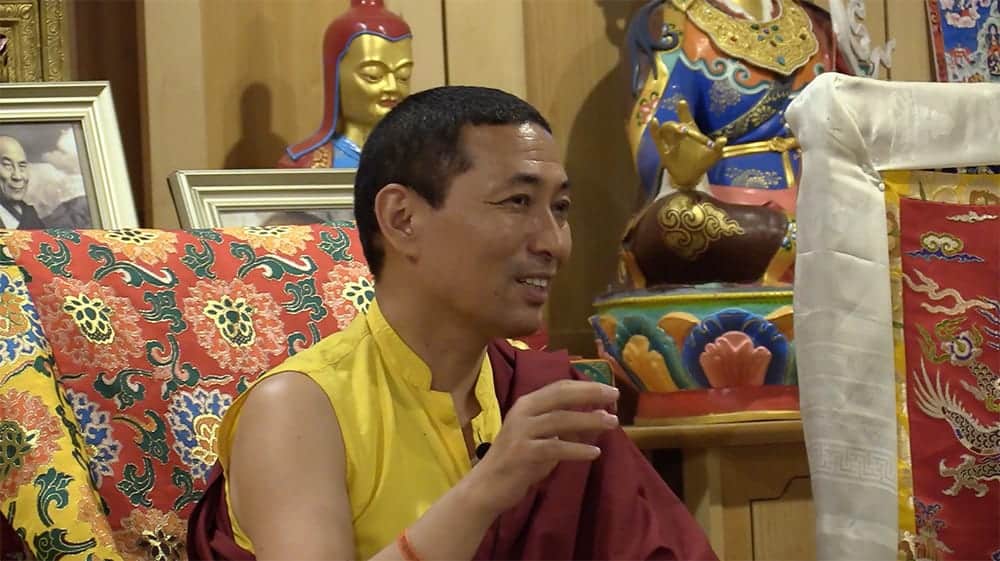

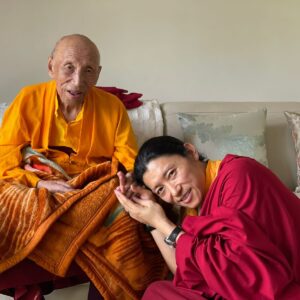
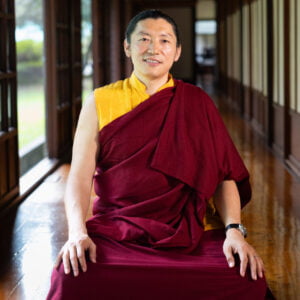
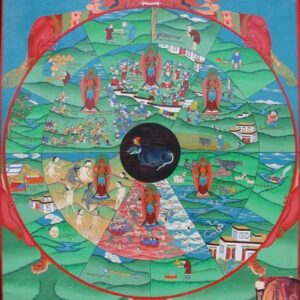
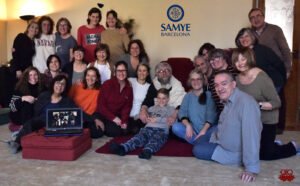


Responses